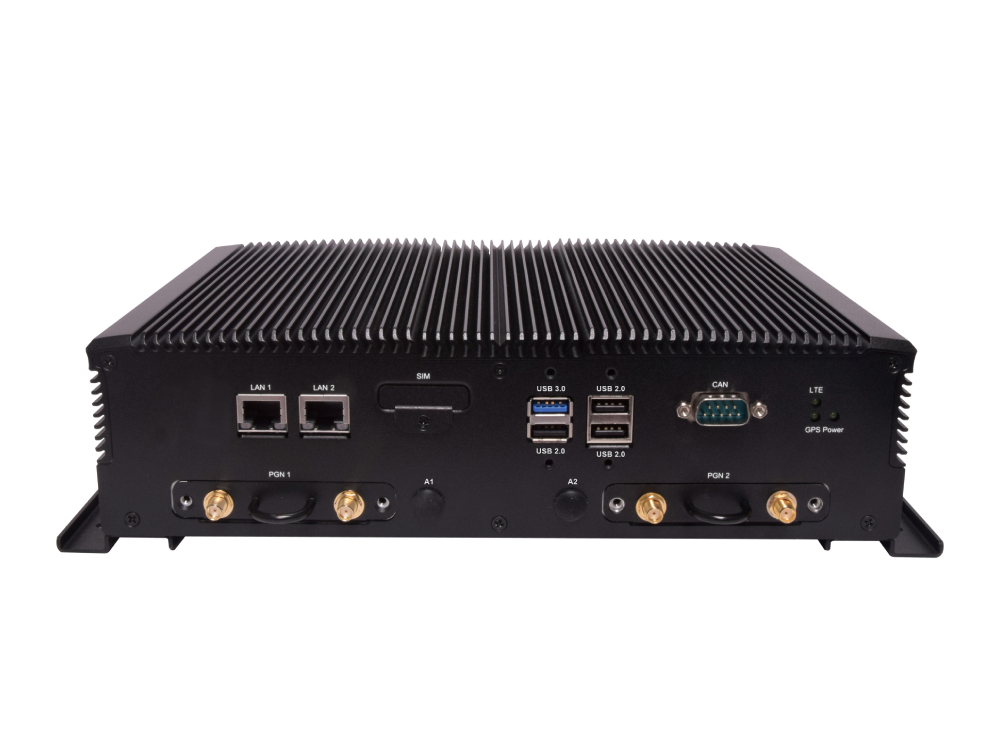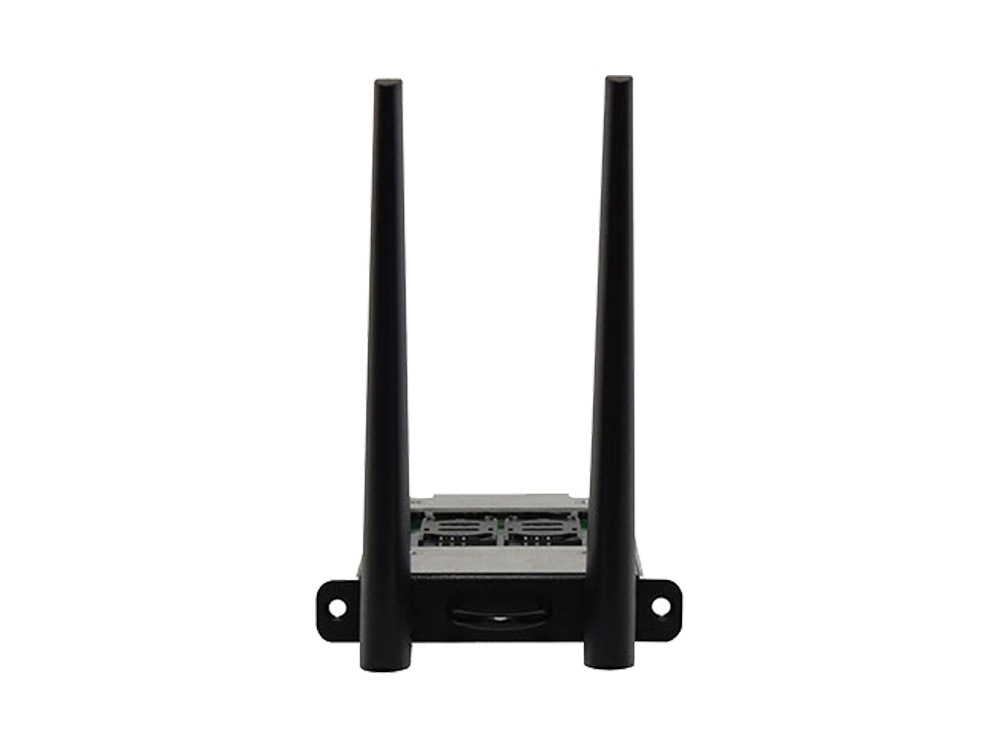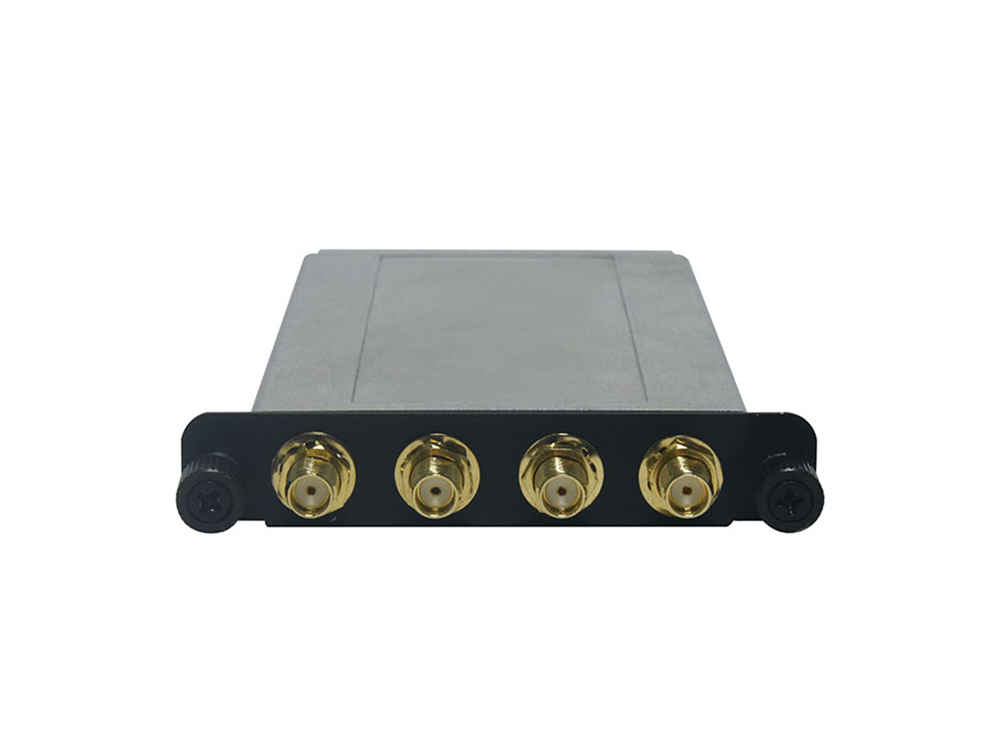Background
In the modern era, law enforcement agencies are faced with the challenge of managing and optimizing diverse technologies to ensure seamless communication, data transfer, and real-time video streaming. The implementation of Software-Defined Wide Area Networking (SD-WAN) in police force operations presents a transformative solution to address these challenges, promoting efficiency, agility, and enhanced decision-making capabilities.
Challenges
A metropolitan police force tasked with safeguarding a vast urban area while using technologies like mobile devices and officer-worn body cameras, faces challenges with the current network infrastructure, dealing with issues like bandwidth, reliability, and security limitations.
- Bandwidth Constraints:
The current network struggles to support the increasing demand for data transfer, particularly when officers simultaneously rely on mobile communication devices and transmit high-definition video feeds from their body-worn cameras. - Geographic Disparities:
Policing a large metropolitan area involves diverse geographic locations, each with its connectivity challenges. Traditional networks struggle to provide consistent and reliable coverage across all areas. - Security Concerns:
Law enforcement data, especially video footage captured in the field, demands stringent security measures to prevent unauthorized access or tampering.
Requirements
A leading solution provider collaborated with Lanner to design a jointly developed in-vehicle uCPE appliance for mobile SD-WAN, which required the following features:
- Multi-WAN Connectivity --
To ensure reliable communication in remote areas, the platform must be capable of supporting multi-WAN connectivity, encompassing broadband, Wi-Fi, and PTCRB-ready LTE and 5G, to facilitate intelligent routing and optimize bandwidth for dependable communication in challenging locations. - Diverse I/O Configurations –
The platform needs to boast a wealth of I/O peripheral connections, including serial COM ports, HDMI video outputs, RJ-45 LAN ports, USB ports, and Digital I/O ports. This array caters to the varied requirements of in-vehicle and mass transportation applications. - Weatherproof –
The appliance should be designed to withstand harsh environmental conditions, featuring a fan-less design compliant with E13, UL/cUL 62368-1 standard, and pass MIL-STD-810G shock and vibration resistance certifications. It should be able to operate within a wide temperature range, from -40 to 70°C, ensuring operational safety and productivity. - Hardware Security –
To guarantee the highest level of encryption and protect mission-critical data, video, and voice communications, the platform requires onboard TPM for crypto-processing and tamper resistance at the hardware level. - Location Tracking Capabilities –
Whether used on or off-road, the platform should be equipped with a GPS tracker and G-sensor to facilitate crucial GPS location tracking of vehicles. Additionally, it should integrate support for the Controller Area Network (CAN) bus to enable comprehensive vehicle diagnostics.
Solution
The integration of mobile SD-WAN into police force operations offers a transformative impact on how law enforcement agencies harness technology, ensuring a more connected, secure, and responsive approach to public safety.

Lanner provides rugged in-vehicle uCPE platforms ISD-V330, featuring the Intel® Atom x6000E processor which consume and deliver low-footprint computing close to the source of data generation. Offering multi-modem aggregate wireless connectivity, the ISD-V330 features three PTCRB-ready PGN removable caddies supporting 5G/LTE failover communications, plus an onboard M.2 slot for Wi-Fi.
Designed to be deployed in the mission-critical vehicles like police car, ambulance, mobile command vehicle, the ISD-V330 adheres to E13/MIL-STD-810G shock and vibration resistance standards and operates within a wide temperature range from -40 to 70C.
The ISD-V330 features a rich array of I/O connections, including serial COM ports, HDMI video outputs, RJ-45 LAN ports, USB, and Digital I/O ports. The compact design includes a built-in CAN bus port for diagnostics and behavior analysis.









